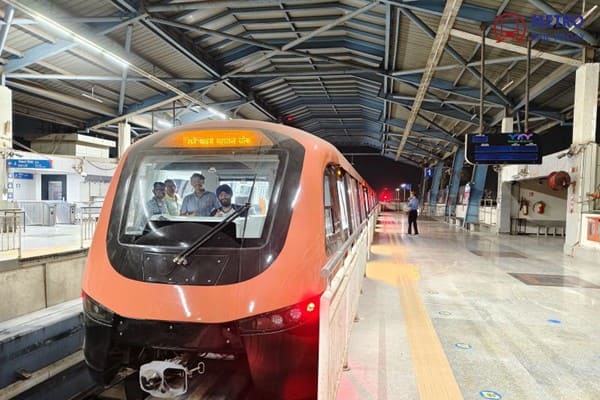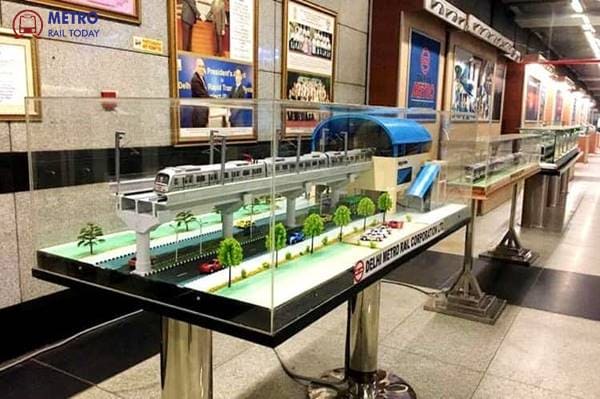 Delhi Metro inaugurates New State-of-the-Art Museum at Supreme Court Metro Station
Delhi Metro inaugurates New State-of-the-Art Museum at Supreme Court Metro Station Knorr-Bremse unviels plan to invest ₹1,907 Crore in New Rail Manufacturing Facility in Chennai
Knorr-Bremse unviels plan to invest ₹1,907 Crore in New Rail Manufacturing Facility in Chennai Landmark-Neev JV bags ₹151.2 crore station finishing contract for Mumbai Metro Line 2B
Landmark-Neev JV bags ₹151.2 crore station finishing contract for Mumbai Metro Line 2B How Delhi Metro is reimagining urban architecture for a sustainable public transport?
How Delhi Metro is reimagining urban architecture for a sustainable public transport?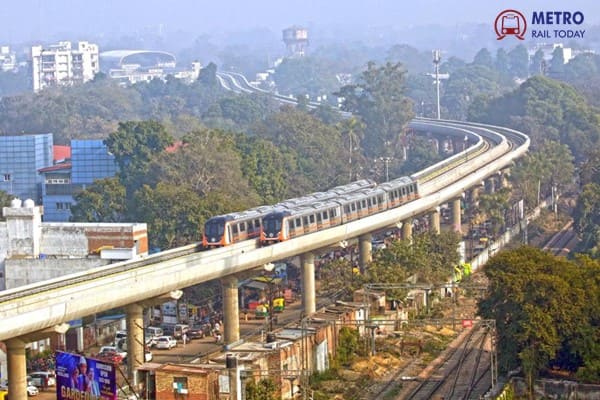 Why India needs a dedicated Ministry for Metro Railways?
Why India needs a dedicated Ministry for Metro Railways?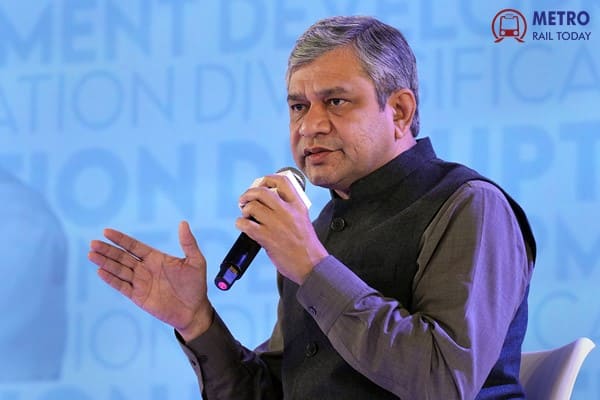 How Ashwini Vaishnaw is shaping India's Railways, Digital Future and Manufacturing Rise?
How Ashwini Vaishnaw is shaping India's Railways, Digital Future and Manufacturing Rise?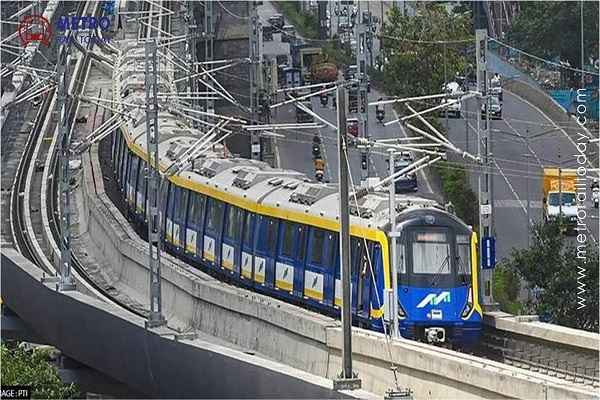 Dev–N.Rose bags ₹201.49-crore Architectural Works contract for 7 stations of Mumbai Metro Line 2B
Dev–N.Rose bags ₹201.49-crore Architectural Works contract for 7 stations of Mumbai Metro Line 2B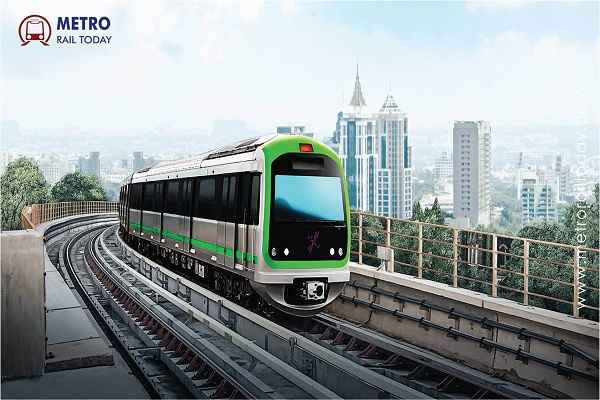 Bangalore Metro to float tenders for ₹25,311 crore Hosahalli–Kadabagere Metro Line
Bangalore Metro to float tenders for ₹25,311 crore Hosahalli–Kadabagere Metro Line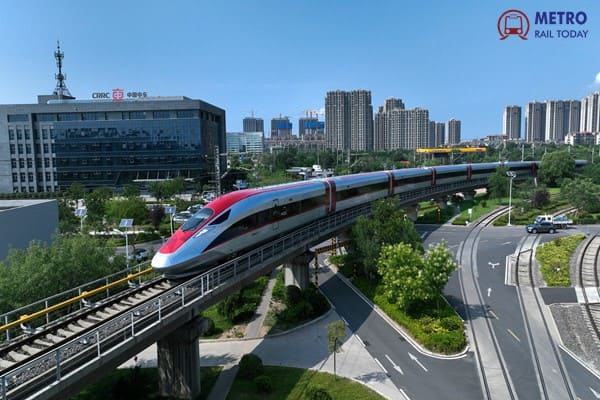 China aims to build national rail network spanning around 200,000 km by 2035
China aims to build national rail network spanning around 200,000 km by 2035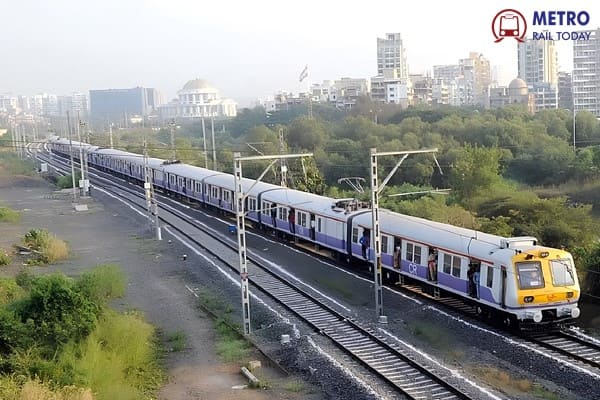 Kavach 4.0 Ushers in a New Era of Rail Safety Across India
Kavach 4.0 Ushers in a New Era of Rail Safety Across India
Cairo Monorail: The World's Longest Driverless Light Rail (Monorail) System
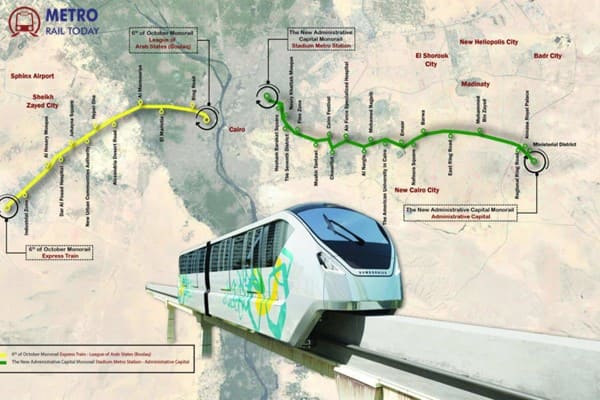
In a groundbreaking endeavor, Egypt's National Authority for Tunnels has undertaken the construction of the world's longest driverless monorail system, a monumental project set to redefine transportation infrastructure. With an estimated cost of US$4 billion, this endeavor marks North Africa's pioneering monorail initiative, projecting completion by early 2024 and spanning an impressive 98.5 kilometers.
Revolutionizing North Africa's Transportation Landscape
The monorail project's debut line, stretching over 56.5 kilometers, will seamlessly link East Cairo to the New Administrative Capital, while the second line, extending 42 kilometers, will forge a connection between the 6th of October City and Giza. These ambitious undertakings herald a new era by offering the first mass transit links that interconnect Greater Cairo with both the New Capital City and the 6th of October City.
Speed and Efficiency in Motion
With operating speeds reaching up to 80 kilometers per hour, passengers can expect an efficient and comfortable journey. The estimated travel time from East Cairo to the New Administrative Capital is approximately 60 minutes, covering the 56.5-kilometer line. Similarly, the 42-kilometer line between the 6th of October City and Giza will provide a quick commute of around 42 minutes.
Transformative Capacity and Connectivity
Upon their completion, these two lines are projected to carry an impressive 45,000 passengers per hour at peak capacity, offering a significant enhancement to mobility for the Egyptian populace. The project's delivery method follows a design-build-operate-and-maintain (DBOM) approach, encompassing a total of 34 stations that include both elevated and at-grade locations. Additionally, the project encompasses vital ancillary facilities such as maintenance centers, depots, and an Operations Control Centre.
Intersecting Networks for Seamless Travel
The monorail's significance extends beyond its sheer scale. It will seamlessly intersect with the Cairo Metro's Line 3 and Cairo's High-Speed Rail network, fostering seamless travel experiences and facilitating further connectivity across the vibrant Cairo region.
Key Information
- 2020: Construction Commencement (96 km)
- 2023: Commissioning
- 2024: Operationalization
Line 1:
- Length: 54 km (East Cairo – New Administrative City)
- Stations: 21
- Travel Time: 60 minutes
Line 2:
- Length: 42 km (October 6 – Giza)
- Stations: 12
- Travel Time: 42 minutes
- Frequency: Every 22 Minutes
- Capacity: 45,000 Passengers per hour in each direction
- Owner: National Authority for Tunnels (NAT) (State)
- Operator: Bombardier Transportation / Alstom + (ORSCOM Group / The Arab Contractors )
A Transformative Leap Forward
The inception of the world's longest driverless monorail system is an extraordinary leap forward for Egypt's transportation landscape. Beyond its sheer length, the project symbolizes innovation, connectivity, and sustainability. It's a testament to the nation's commitment to progress, promising a future where efficient and convenient travel is seamlessly integrated into the lives of its citizens.
Frequently Asked Questions
1. How long will the monorail system be once completed?
The monorail system is set to span an impressive 98.5 kilometers, making it the world's longest driverless monorail system.
2. What is the significance of the monorail's intersection with the Cairo Metro's Line 3?
The intersection with Cairo Metro's Line 3 enhances connectivity, facilitating seamless travel experiences and fostering regional integration.
3. What is the estimated journey time for the New Administrative Capital route?
Passengers can expect a travel time of around 60 minutes for the 56.5-kilometer line connecting East Cairo to the New Administrative Capital.
4. How does the monorail contribute to sustainable mobility?
The project promises to offer a safe, efficient, and sustainable mode of transportation, accommodating approximately 45,000 passengers per hour at peak capacity.
5. Who are the key entities involved in the project's operation and management?
The project is owned by the National Authority for Tunnels (NAT) and operated by a collaboration between Bombardier Transportation, Alstom, ORSCOM Group, and The Arab Contractors.





